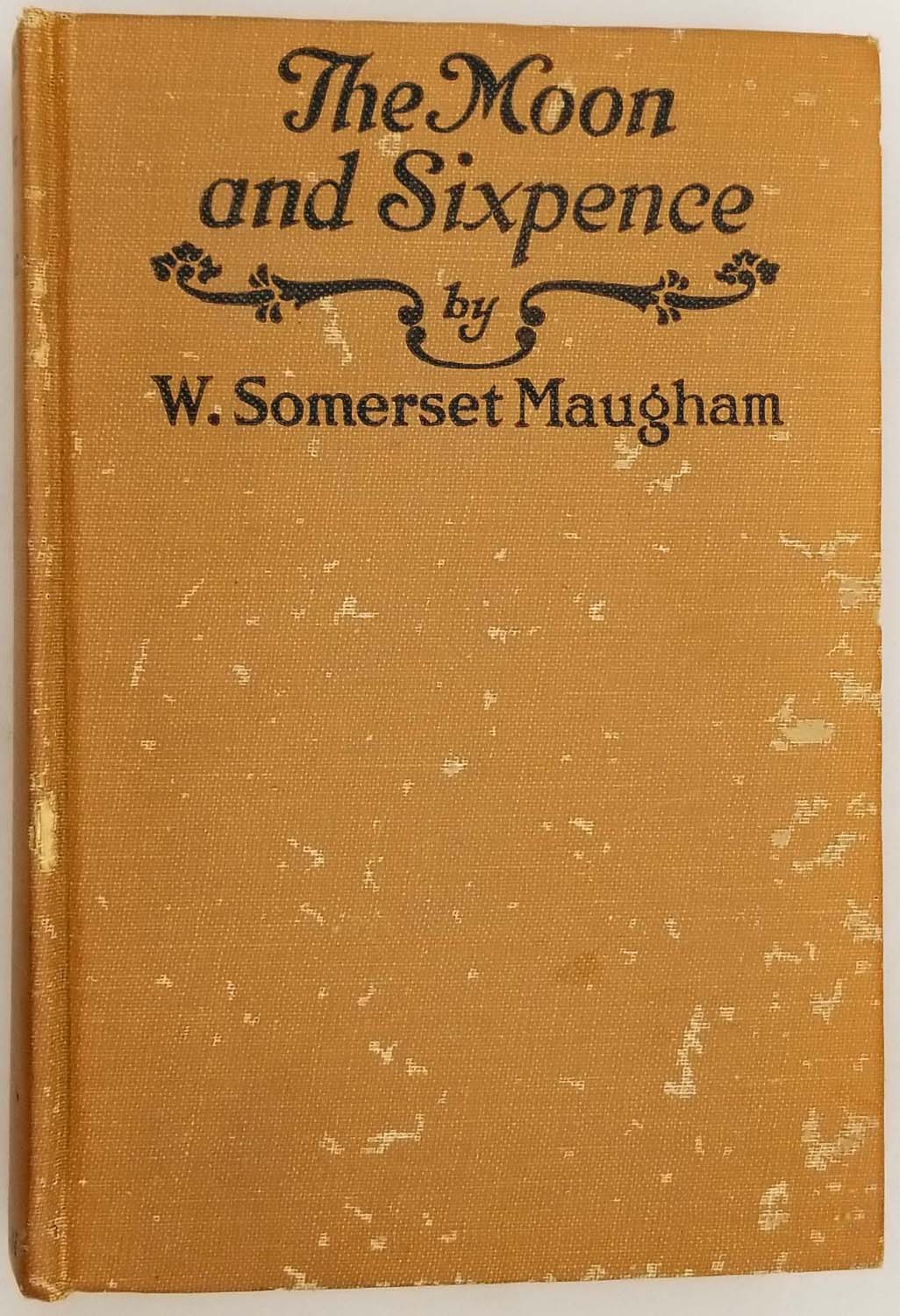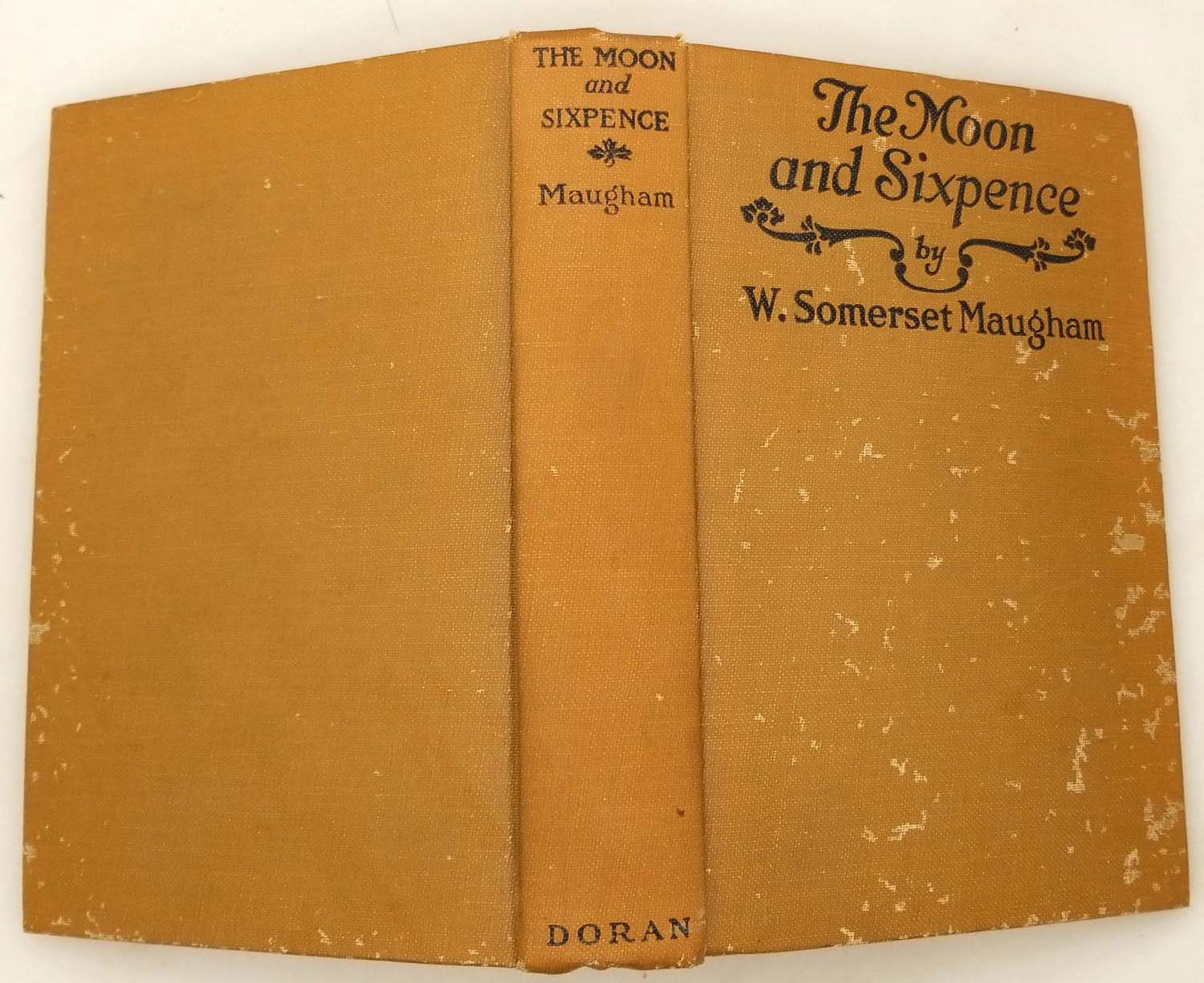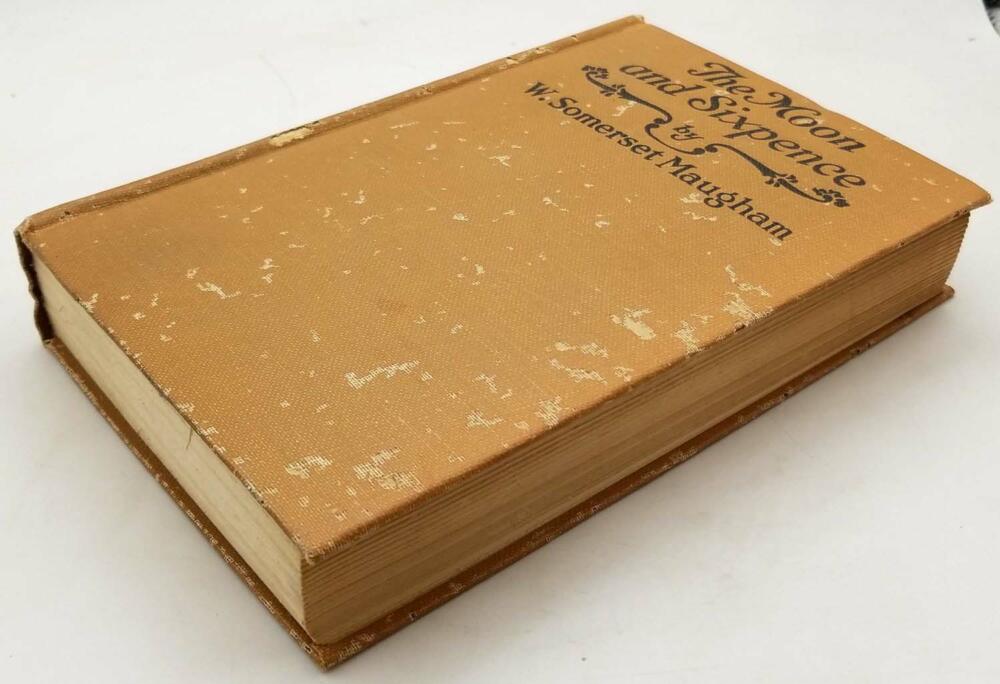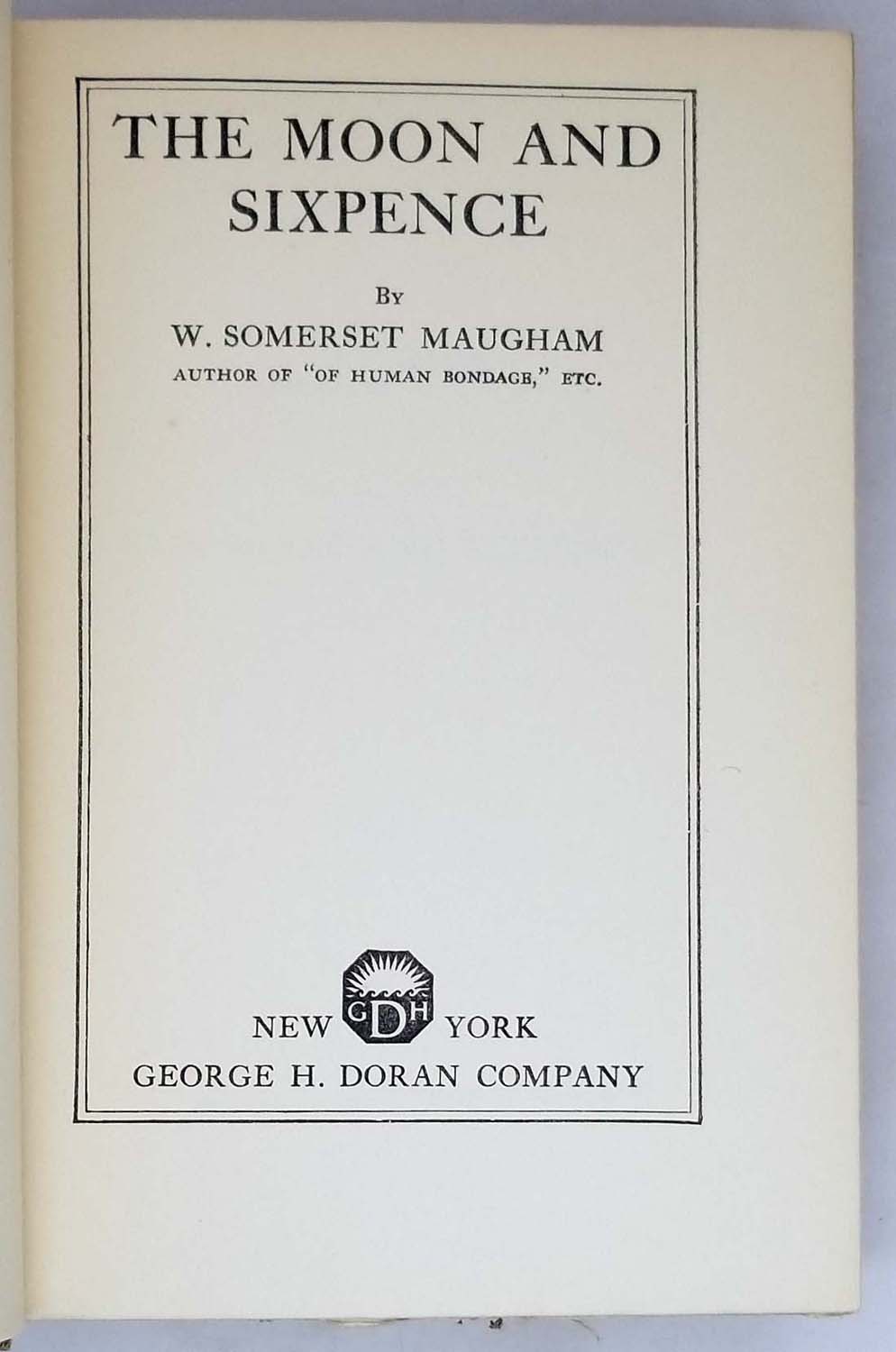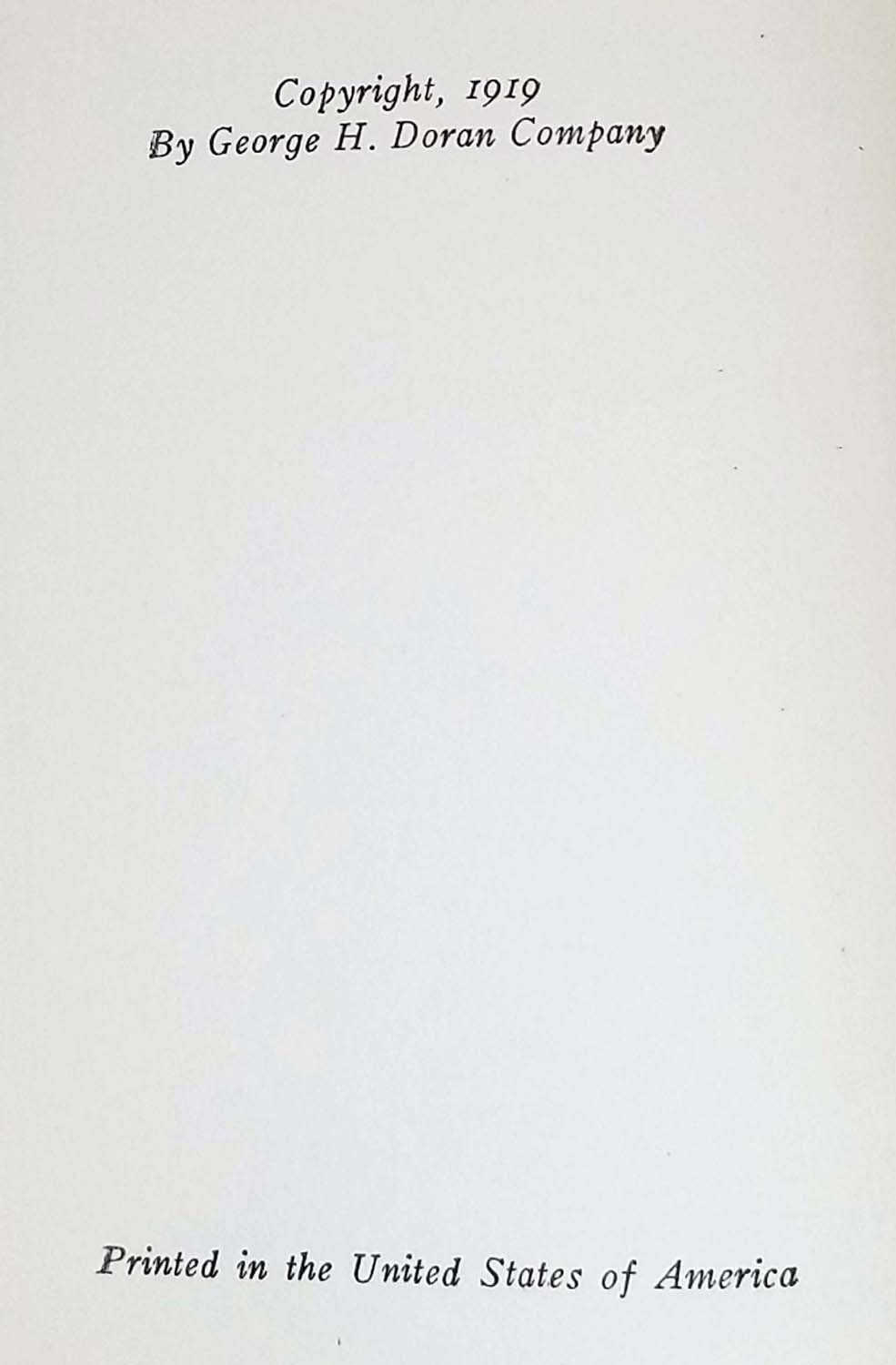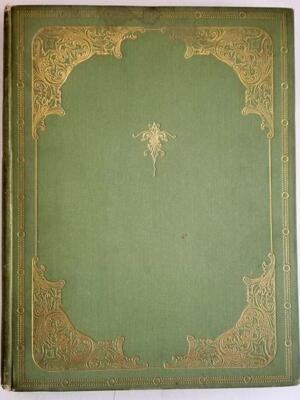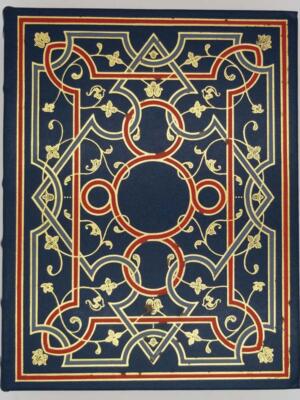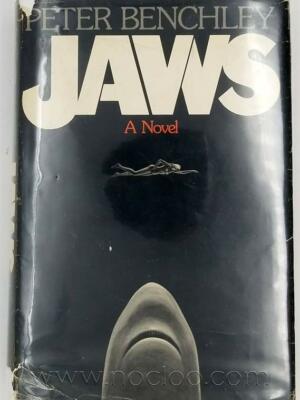The Moon and Sixpence (1919) by W. Somerset Maugham is a provocative novel loosely inspired by the life of Paul Gauguin, exploring the destructive power of artistic obsession. The story follows Charles Strickland, a stolid London stockbroker who abandons his family and bourgeois existence to pursue painting in Tahiti, driven by a ruthless creative compulsion that eclipses morality and human connection. Narrated by a skeptical writer (a Maugham stand-in), the novel dissects the tension between societal duty and the “unappeasable hunger for the beautiful”, questioning whether genius excuses cruelty.
Maugham’s crisp, ironic prose and anti-romanticized portrayal of artistry scandalized 1919 readers but cemented its status as a modernist classic. The 1919 Heinemann first edition (UK) and 1919 George H. Doran first US edition are collector’s gems, though later printings (like the 1941 Illustrated Modern Library edition with Stevan Dohanos lithographs) offer visual allure.
For fans of artist-driven fiction:
- Lust for Life (Irving Stone) – Gauguin/Van Gogh’s turbulent lives.
- The Picture of Dorian Gray (Oscar Wilde) – Aestheticism’s moral cost.
- Of Human Bondage (Maugham) – Another Maugham masterpiece on self-liberation.
